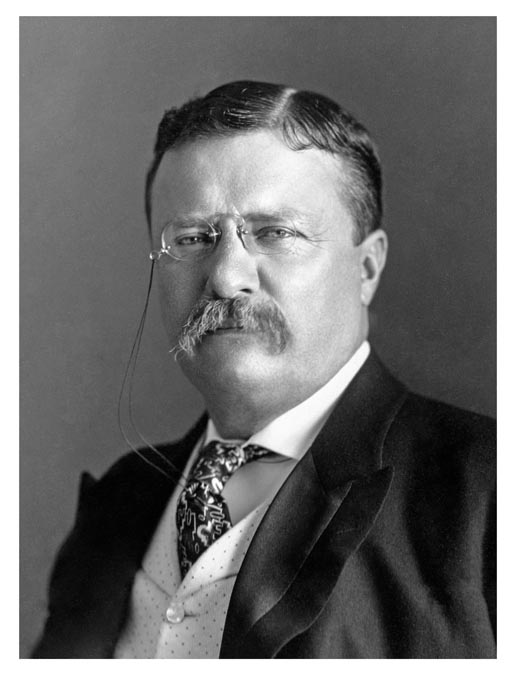

U.S. president Theodore Roosevelt said “Believe and you’re halfway there.” Throughout his presidency from 1901-1909, he pushed lawmakers and citizens to dream and experiment. During this decade Americans dealt with social issues, businesses expanded, and manufacturers introduced new products, including paper towels, paper cups, Hershey bars, and crayons.
Let us look at those years:
The United Sates expanded its naval power and began work on the Panama Canal to link the Atlantic and Pacific Oceans. The United States became one of the richest and most powerful nations in the world.
With increased immigration, the population zoomed from 76 million to 92 million by 1910. In 1910 there were 46 states. Millions of women worked 12-to-15 hour shifts under poor conditions for low wages. Many states prohibited women from voting or owning property.
Logging companies, farms, and others all ready had cut down half of the Nation’s forests. To protect the remaining land, Roosevelt created new national parks, national monuments, and wildlife preserves, which added millions of acres to the existing national forests.
In the first years of the 20th Century, it was common to still ride horses and use buggies for transportation. Cars were expensive and unreliable and open to the elements without tops or windshields. In 1908 Henry Ford introduced the Model T. It was called the “black bomb.” In one year, Ford sold 10,000 cars.
At the beginning of the 1910s, half a million automobiles used U.S. roads. Streetcars, Mack trucks, and trains provided transportation for others. Air travel was in its infancy. Blanche Stuart Scott was 19 when she became the first woman to pilot an airplane solo. In 1911 Theodore Roosevelt became the first president to fly in an airplane. Radio in 1910 was still a decade away for regular broadcasts of news, sports and music.
David Sarnoff, wireless operator, circa 1916, said “I have in mind a plan of development which would make radio a household utility in the same sense as the piano or phonograph. The idea is to bring music into the house by wireless.” Those with telephones went from seem million in 1910 to approximately 39 million in 1920. Dial telephones, which allowed calla from one person to another person directly to bypass an operator, arrived in 1919.
Life expectancy in 1910 for a white male stood at 49 years. For white women it was 52 years. Most people were born and died at home and received little medical care in between. City homes had running water and indoor flush toilets. Rural families used outhouses and brought their water inside from wells.
In 1910 a candy bar cost was five cents. A loaf of bread was seven cents.. A movie ticket was 20 cents. A pair of men’s shoes cost $3.85. A three-bedroom home cost $5,000..The National Industrial Board gave the weekly earnings of union workers in 1910 as $13.00.
Each decade has its own problems and pleasures. Each has its seasons of life and death. To everything there is a season and a time for every purpose under Heaven.

